Darwin Worksheet for Middle School
Are you searching for engaging and educational resources to enhance your middle school students' knowledge about Charles Darwin and his groundbreaking scientific journey? Look no further! Our Darwin Worksheet for middle school is designed to captivate and inspire young learners by introducing them to the fascinating world of evolutionary theory through interactive activities and thought-provoking questions.
Table of Images 👆
More Other Worksheets
Kindergarten Worksheet My RoomSpanish Verb Worksheets
Cooking Vocabulary Worksheet
DNA Code Worksheet
Meiosis Worksheet Answer Key
Art Handouts and Worksheets
7 Elements of Art Worksheets
All Amendment Worksheet
Symmetry Art Worksheets
Daily Meal Planning Worksheet
Who was Charles Darwin?
Charles Darwin was an English naturalist and biologist who is best known for his theory of evolution by natural selection. He published his groundbreaking work "On the Origin of Species" in 1859, which proposed that all species of life have descended over time from common ancestors, and that the mechanism for this process is natural selection. Darwin's theory revolutionized the field of biology and forever changed our understanding of the natural world.
When and where was Charles Darwin born?
Charles Darwin was born on February 12, 1809, in Shrewsbury, Shropshire, England.
What was the name of Darwin's famous book published in 1859?
The name of Charles Darwin's famous book published in 1859 was "On the Origin of Species by Means of Natural Selection, or the Preservation of Favoured Races in the Struggle for Life.
What is the main concept presented in Darwin's book?
The main concept presented in Darwin's book "On the Origin of Species" is the theory of evolution through natural selection. Darwin proposed that species evolve over time through a process where those individuals with advantageous traits for survival and reproduction are more likely to pass on their genes to the next generation. This mechanism of natural selection drives the gradual change and adaptation of species to their environments.
What is the theory of evolution?
The theory of evolution posits that all species of organisms on Earth are descended from a common ancestor through a gradual process of genetic variation, natural selection, and adaptation to their environment over millions of years. This theory, first proposed by Charles Darwin in the 19th century, provides a scientific explanation for the diversity of life on our planet and how species change and diversify over time.
What evidence did Darwin present to support his theory of evolution?
Charles Darwin presented several pieces of evidence to support his theory of evolution, including the fossil record showing a progression of life forms, the observation of adaptation and natural selection in different species, the geographic distribution of species and similarities among different organisms suggesting a common ancestry, as well as examples of artificial selection in domesticated plants and animals. Collectively, these pieces of evidence provided a strong argument for the process of evolution by natural selection as the mechanism for the diversity of life on Earth.
How does natural selection play a role in the theory of evolution?
Natural selection is a key mechanism in the theory of evolution proposed by Charles Darwin. It refers to the process by which organisms that are better adapted to their environment tend to survive and reproduce more successfully than those that are less well adapted. Over time, this leads to the accumulation of advantageous traits in a population, as individuals with these traits pass them on to their offspring. Natural selection is a driving force in the gradual change and diversification of species over generations, ultimately resulting in the evolution of new species.
What is adaptation, and how does it relate to evolution?
Adaptation refers to the process through which organisms develop traits or behaviors that allow them to better survive and reproduce in their environment. These adaptations can be physical, behavioral, or physiological. In the context of evolution, adaptation plays a crucial role as it is a key mechanism by which species evolve over time. Organisms with beneficial adaptations are more likely to thrive and reproduce, passing on those advantageous traits to future generations. This process ultimately leads to the diversification of species and the emergence of new forms of life, shaping the course of evolution.
How do fossils provide evidence for evolution?
Fossils provide evidence for evolution by showing the changes in species over time. By studying the physical remains of ancient organisms, scientists can track the evolutionary progression of various species, observing how they have adapted and changed over millions of years. Fossils also provide a record of extinct species, offering insights into the diversity of life that once existed on Earth and how different organisms have evolved and diversified over time.
How has Darwin's theory of evolution impacted the scientific community?
Darwin's theory of evolution has had a profound impact on the scientific community by revolutionizing the way we understand the diversity of life on Earth. It provided a unifying framework for explaining the natural selection of species over time, which has since become a foundational concept in biology. Darwin's theory has led to new insights in fields such as genetics, ecology, and evolutionary biology, shaping our understanding of the principles governing the development and adaptation of species. His work continues to inspire research, evidence gathering, and theoretical advancements in evolutionary science, impacting numerous disciplines within the scientific community.
Have something to share?
Who is Worksheeto?
At Worksheeto, we are committed to delivering an extensive and varied portfolio of superior quality worksheets, designed to address the educational demands of students, educators, and parents.

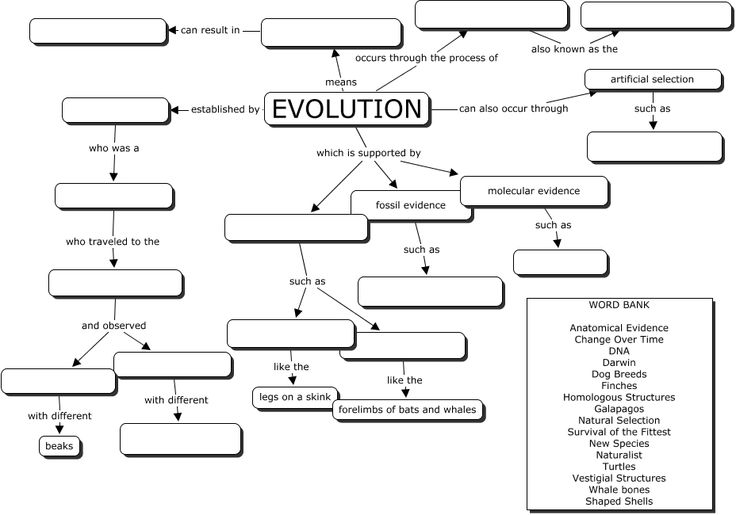




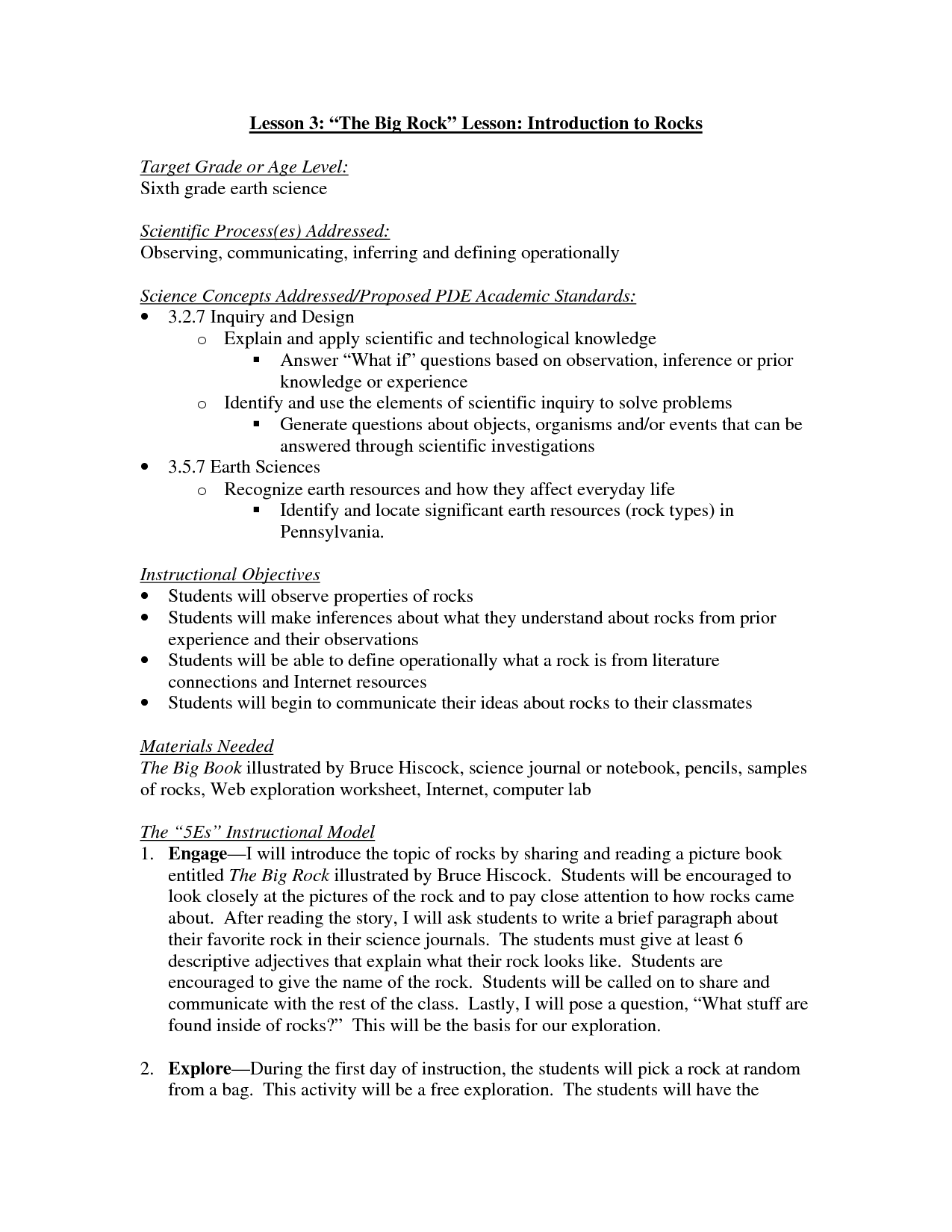
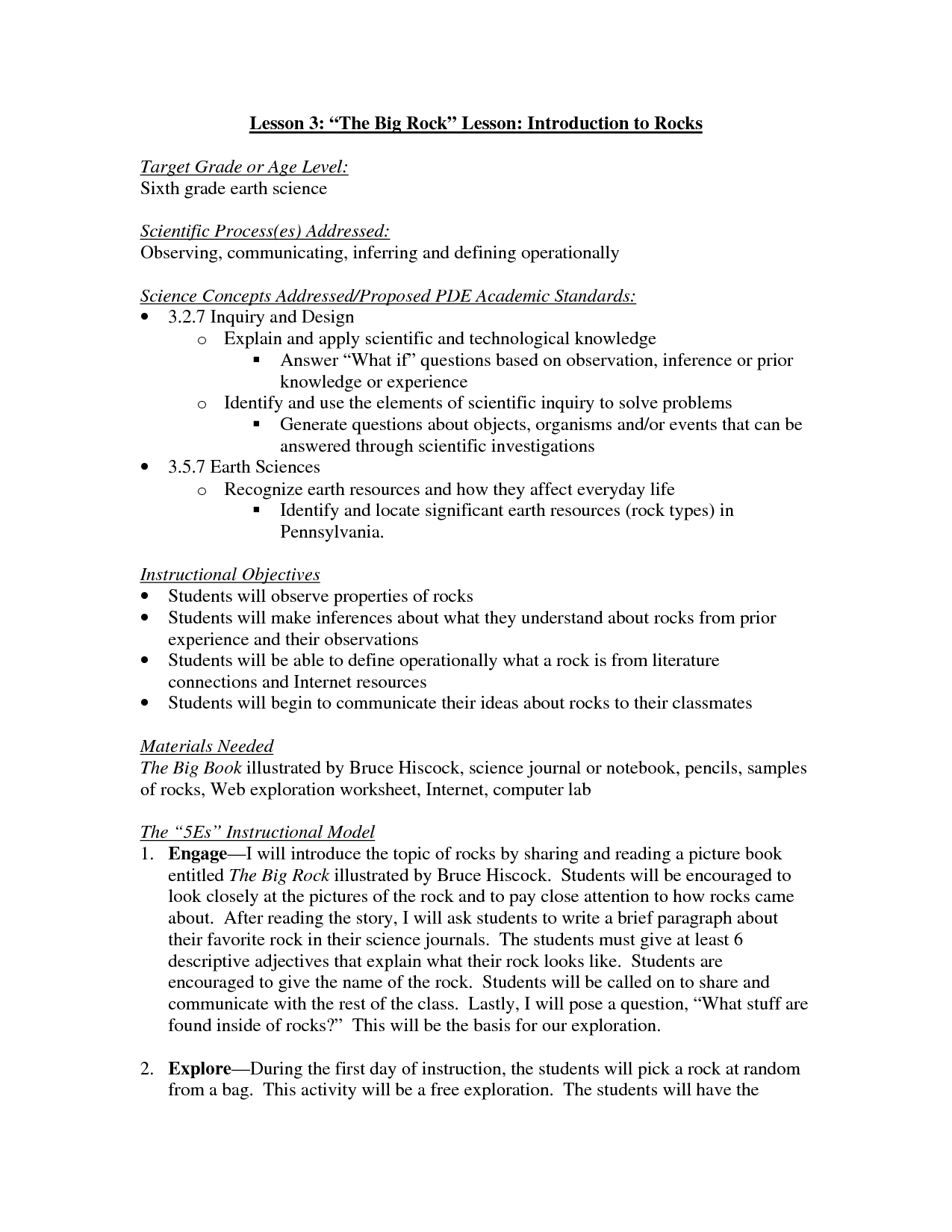
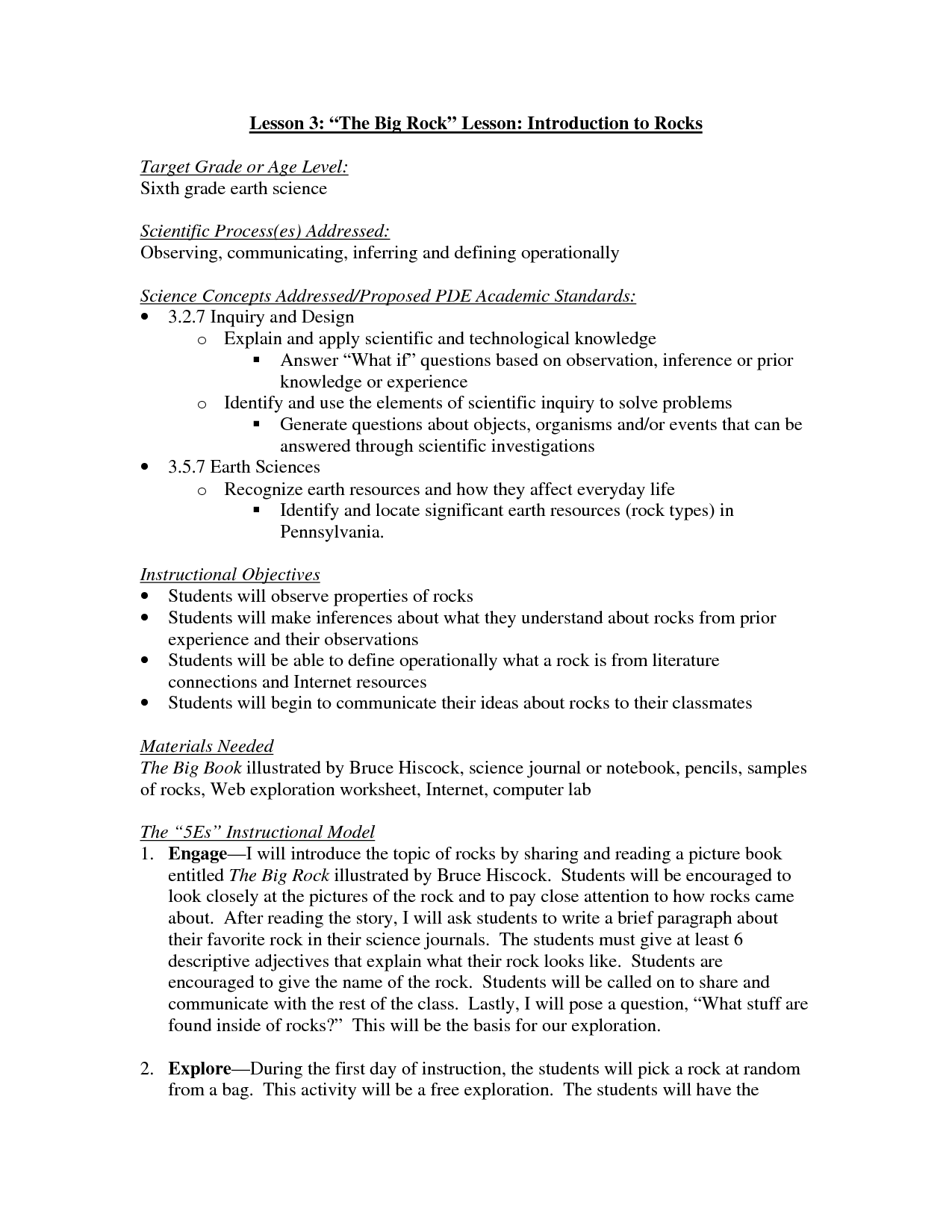
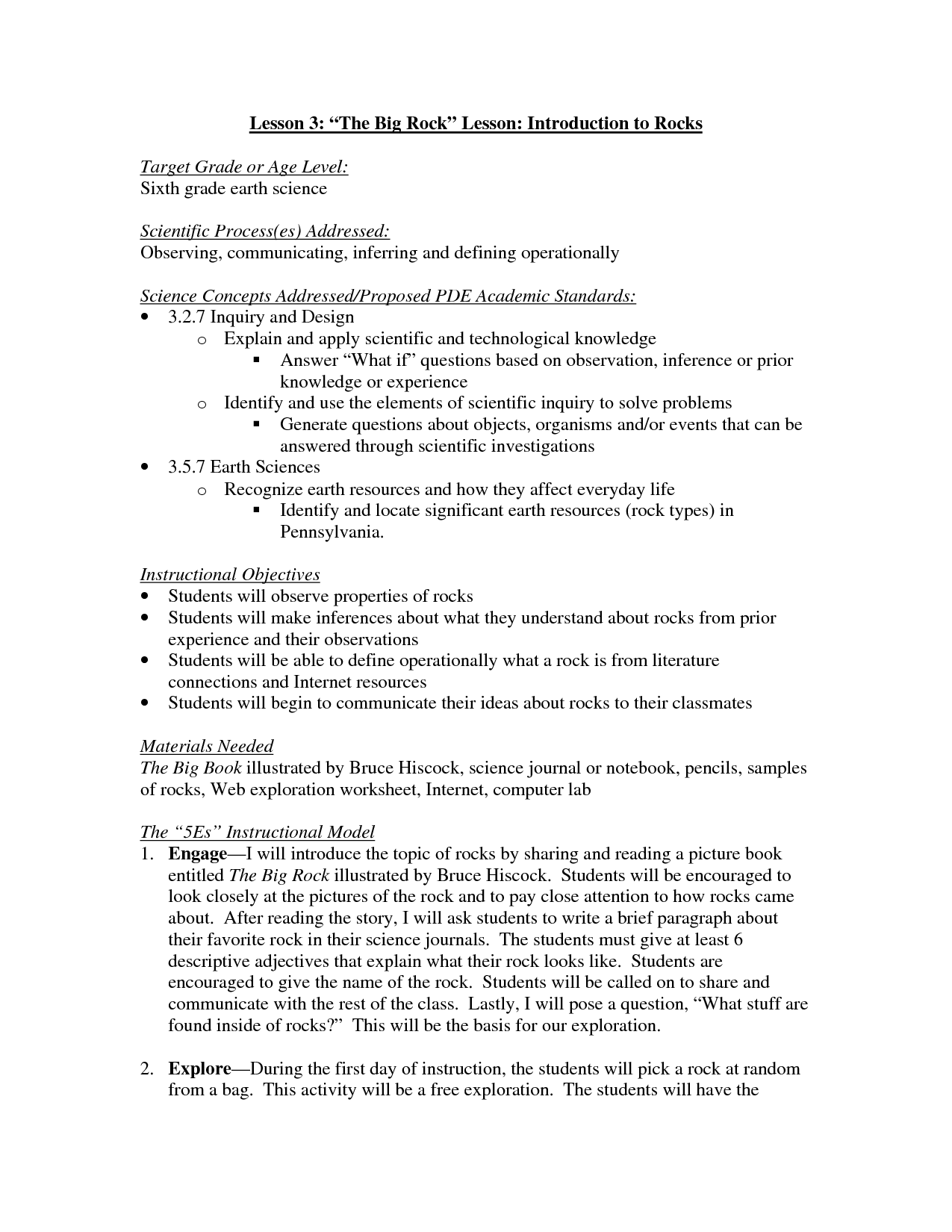
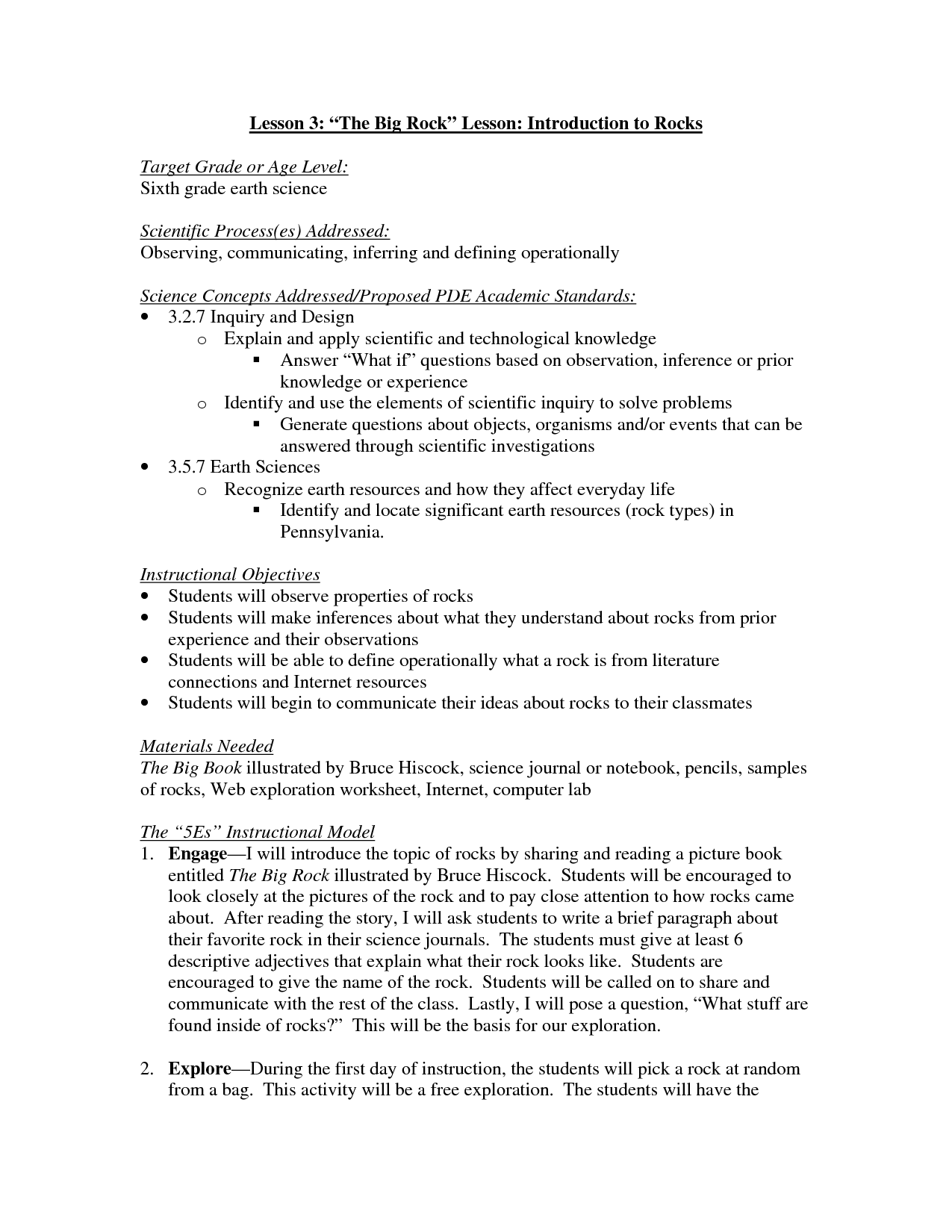
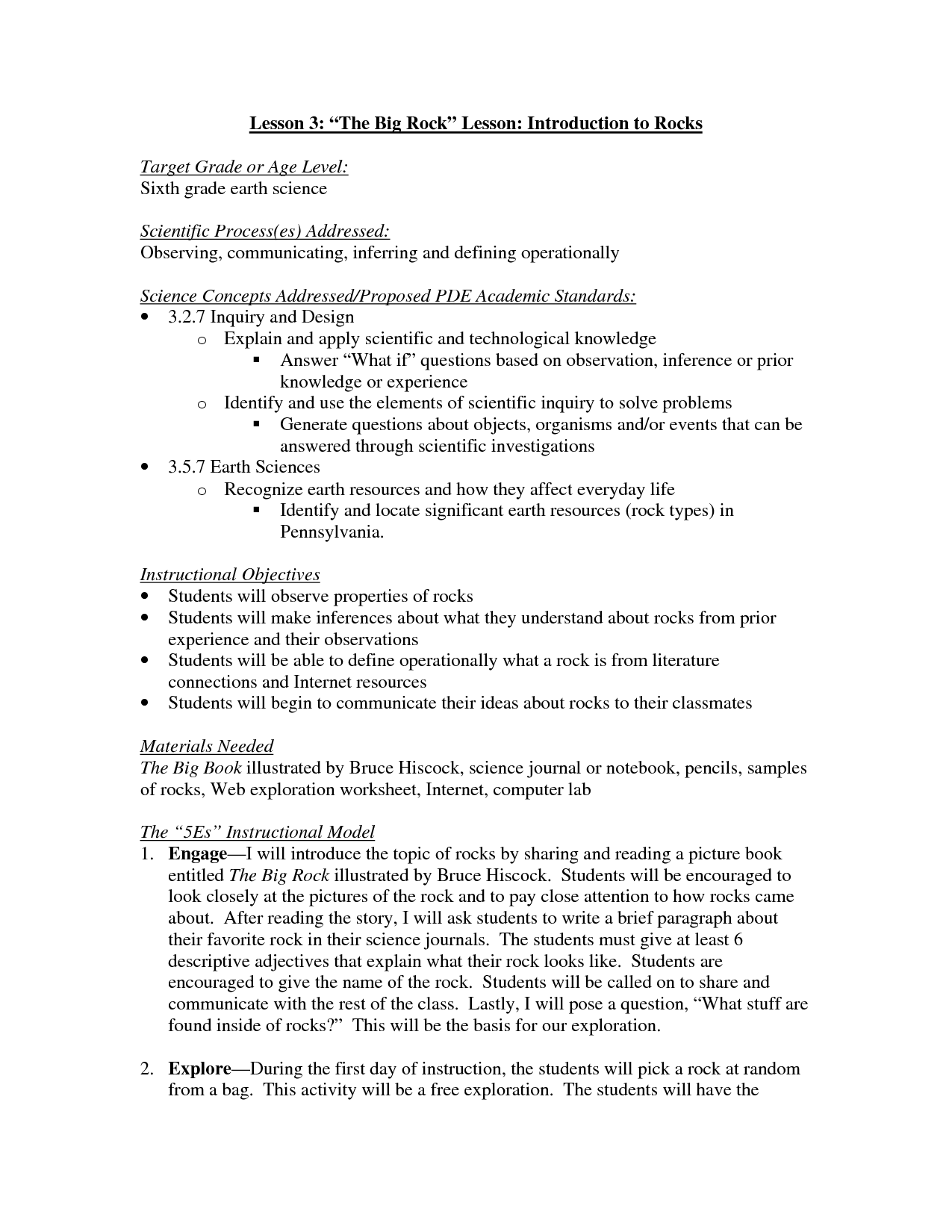
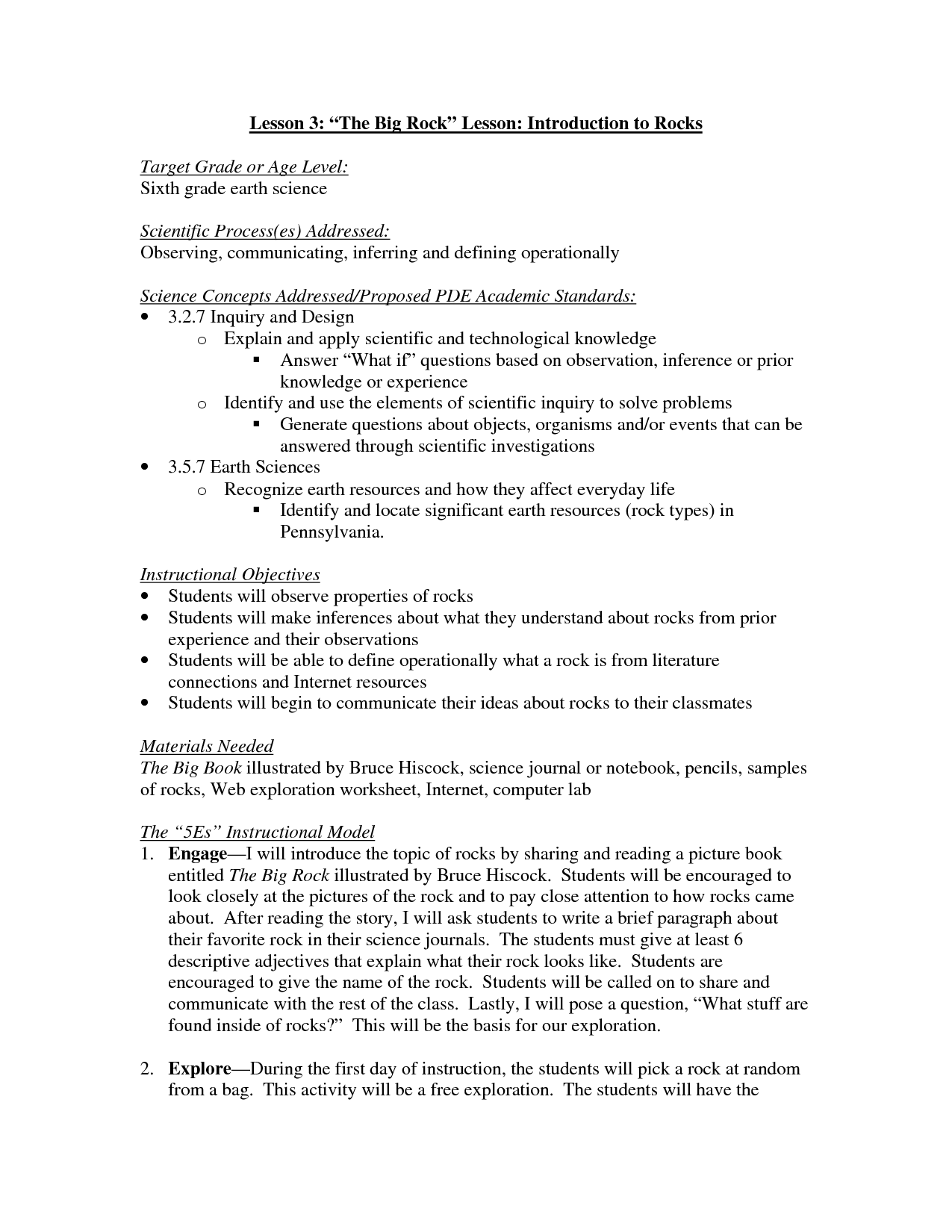
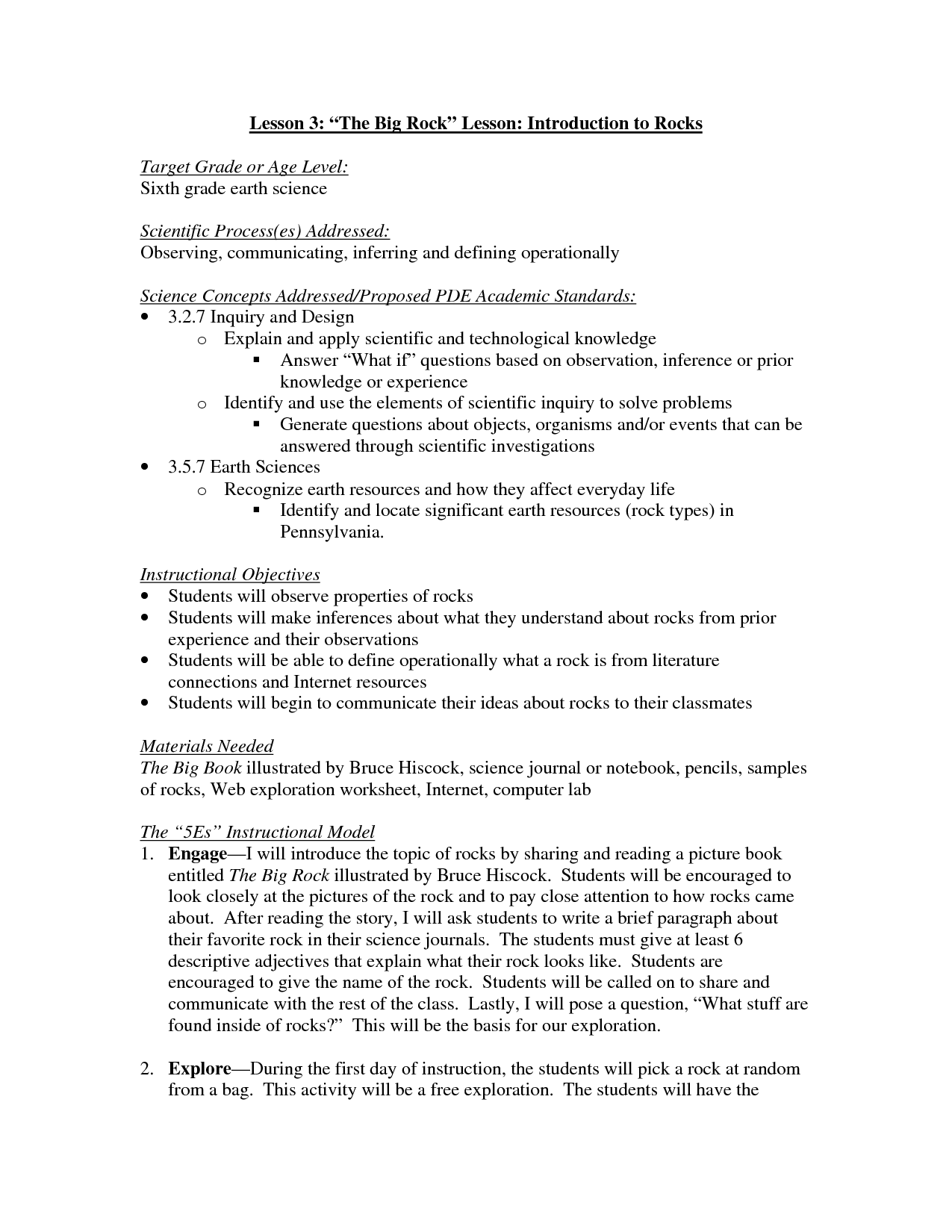
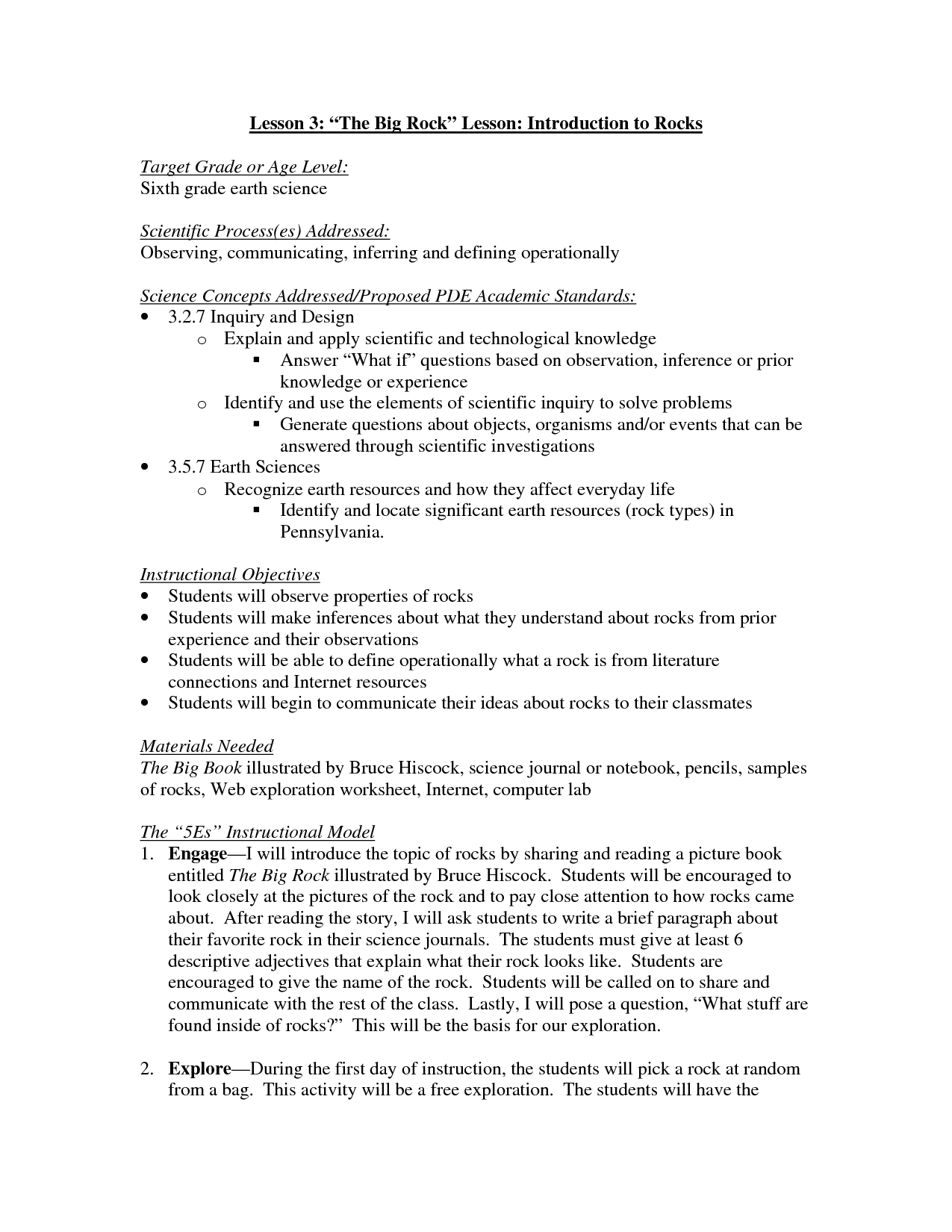
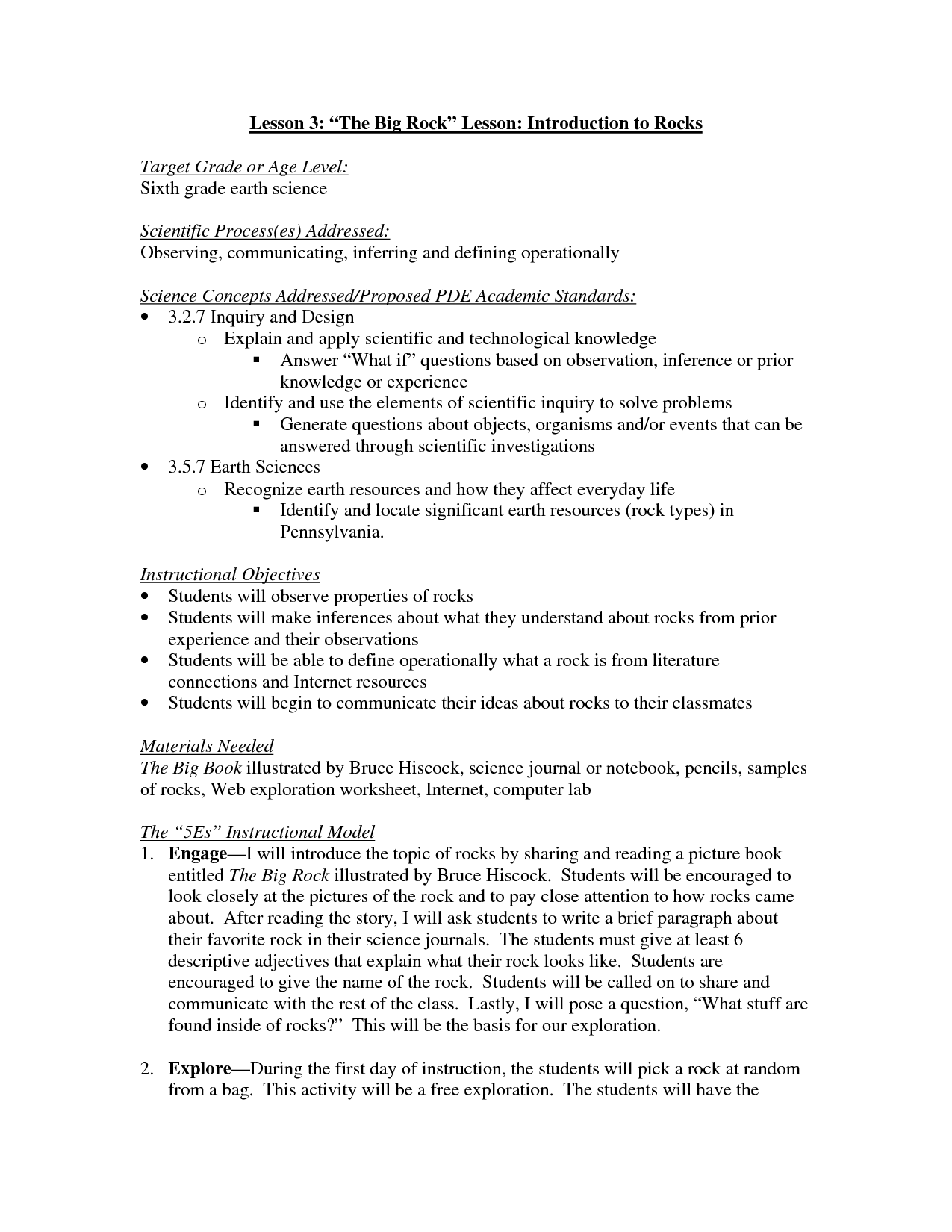
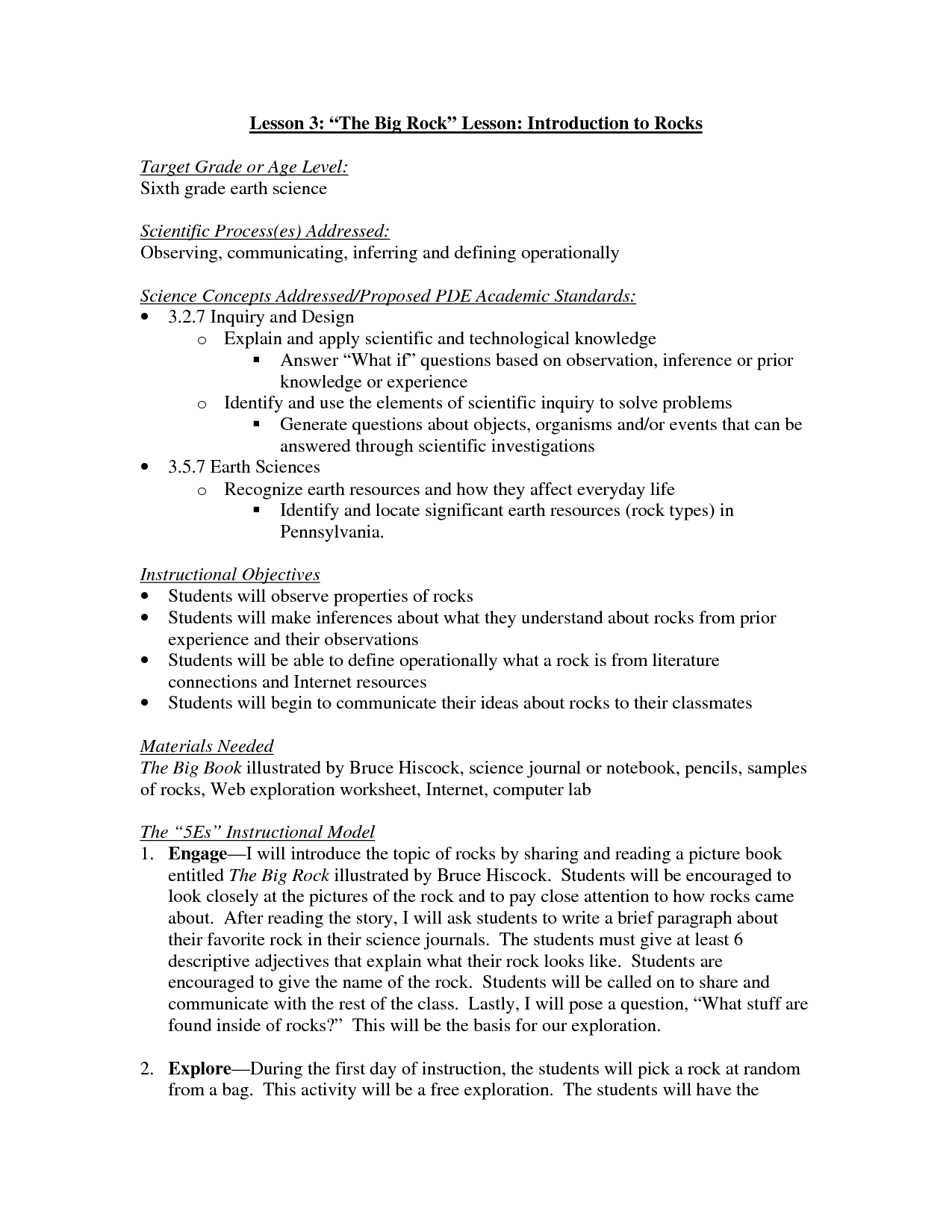
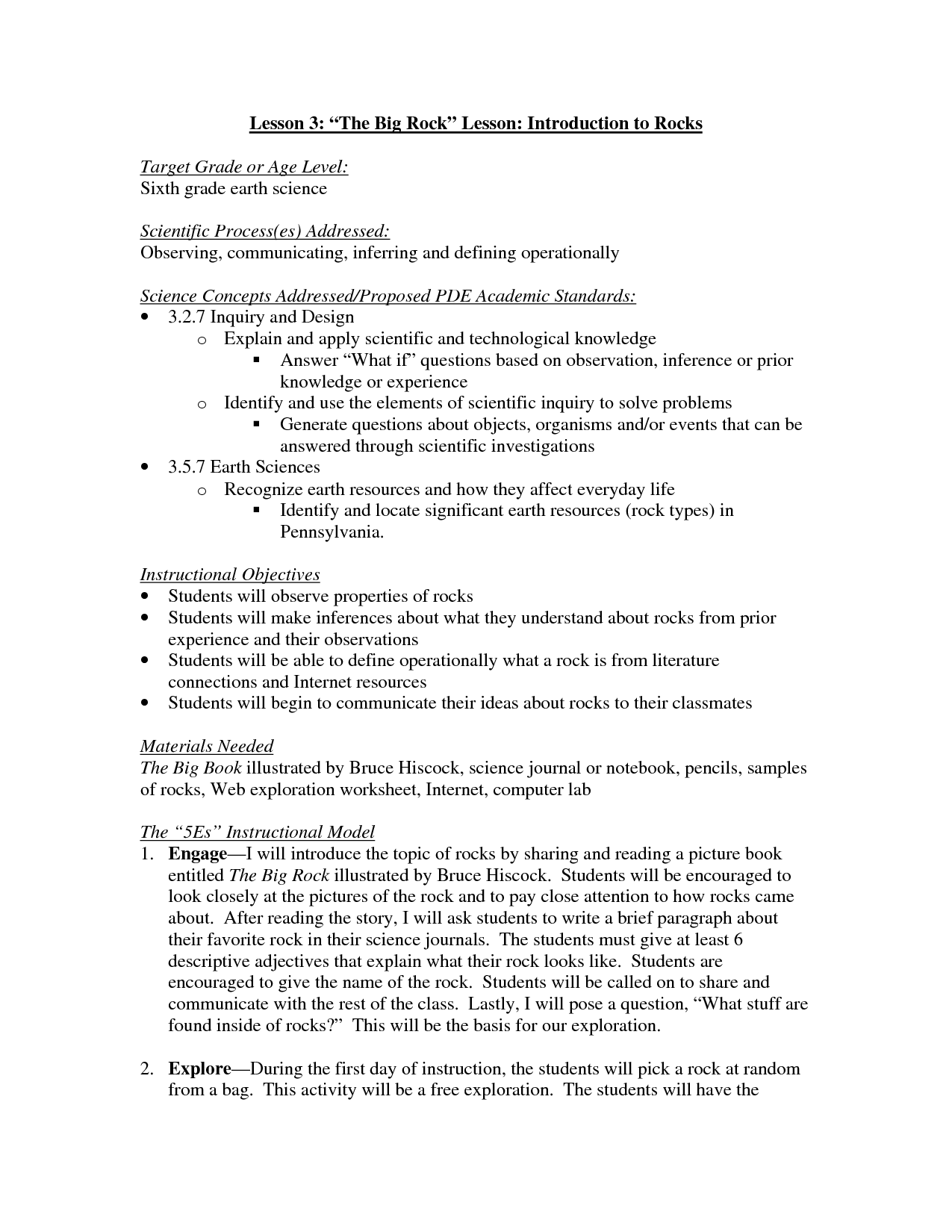
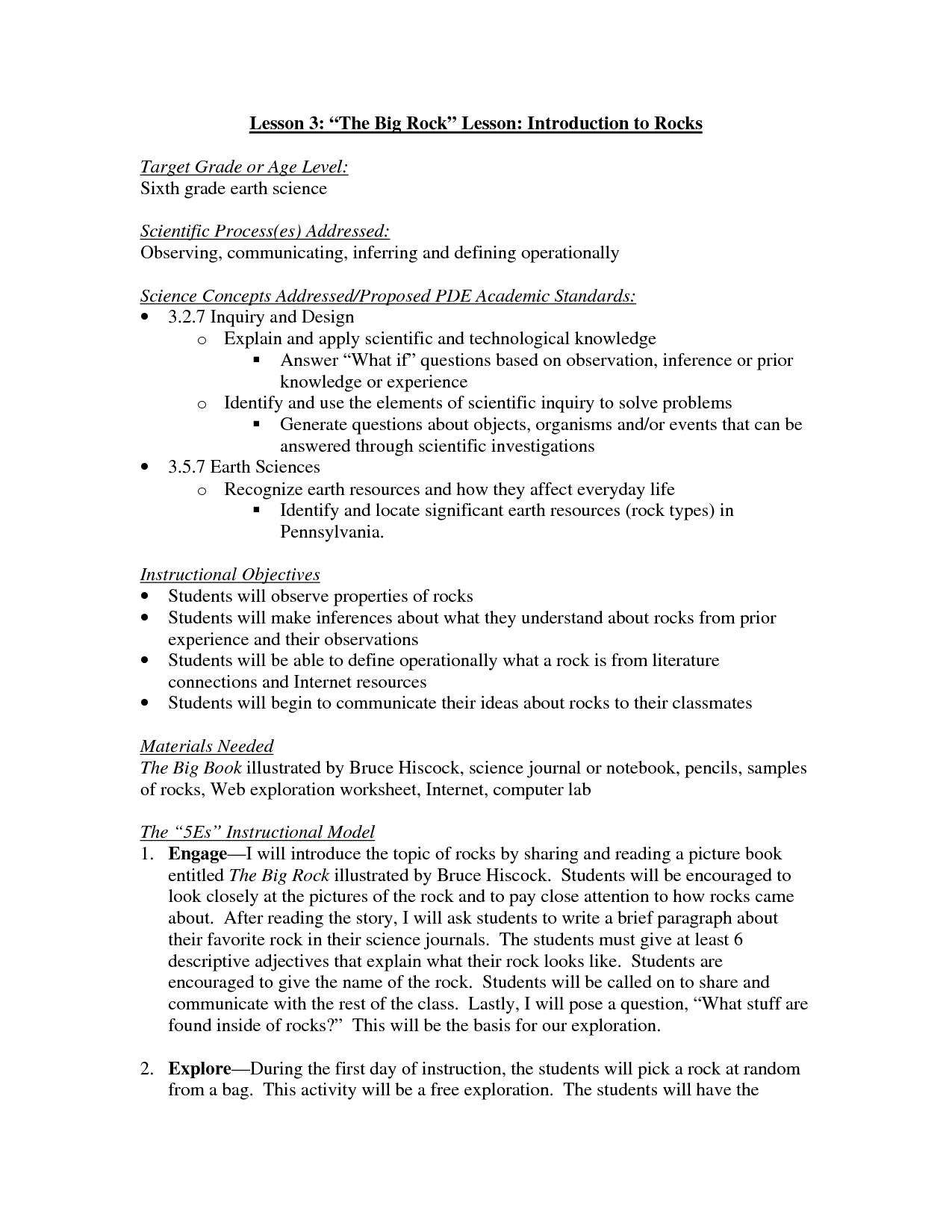
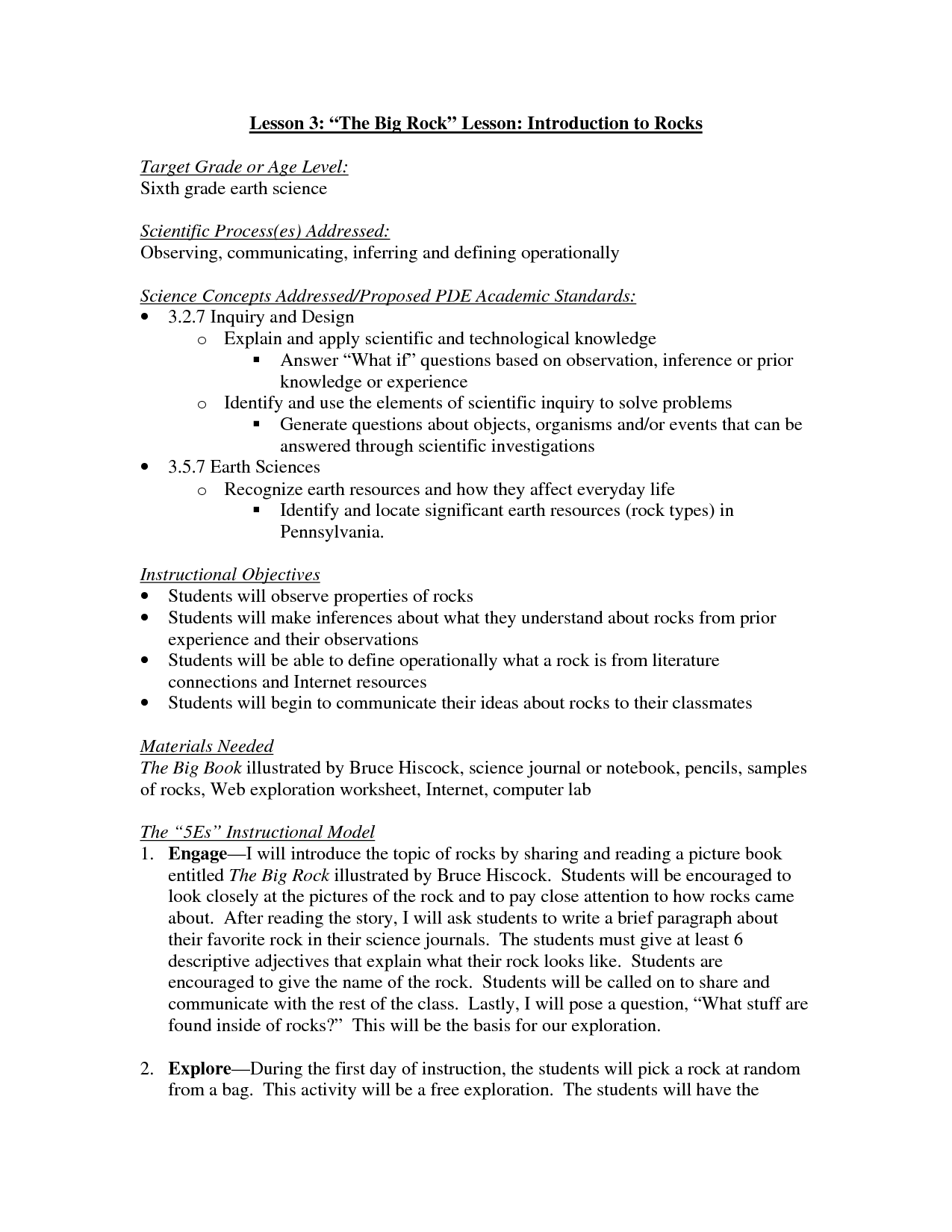
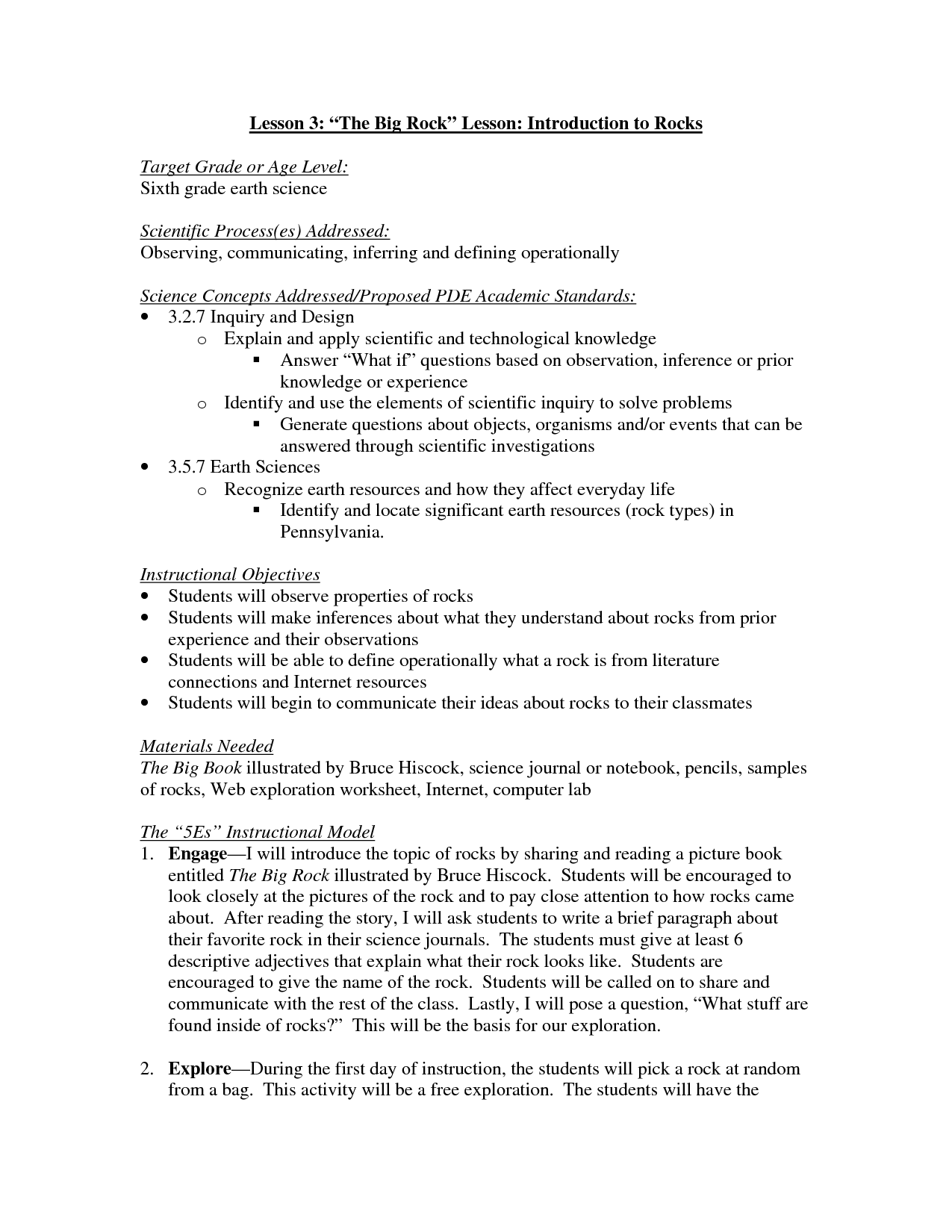














Comments